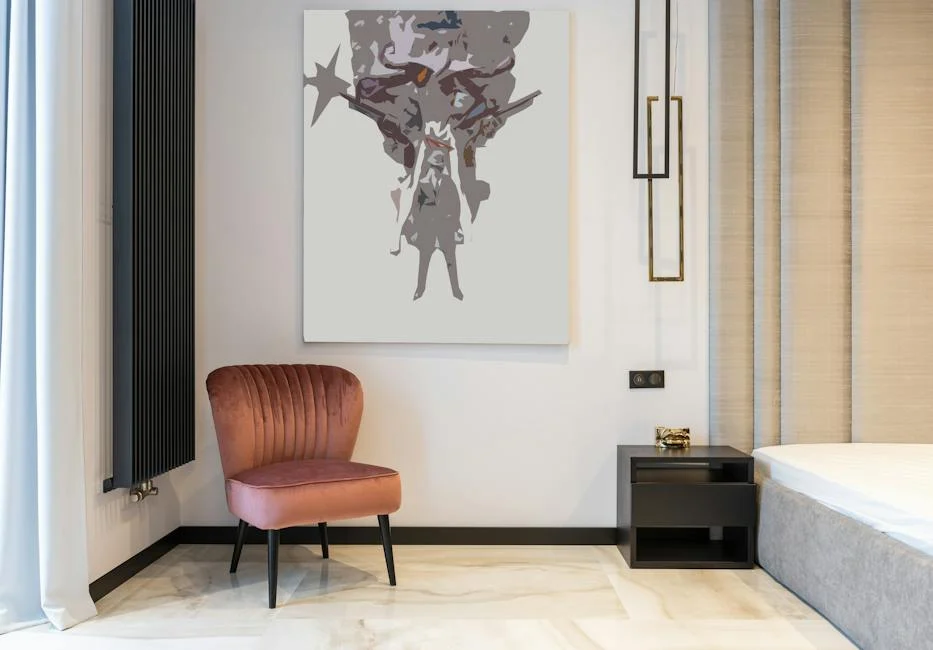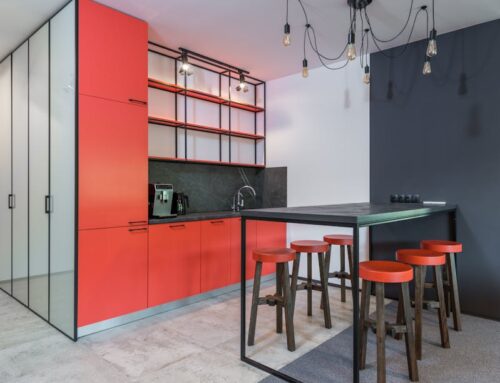Assessing the condition of your walls and surfaces
Before the professional painters arrive, it’s important to assess the condition of your walls and surfaces. Look for any cracks, holes, or imperfections that need to be repaired before painting. You may also need to clean the surfaces to ensure an even paint application. This assessment will help you and the painters understand the scope of work needed for the painting project.

Choosing the right paint colors and finishes
When choosing paint colors and finishes for your home, it’s important to consider the overall aesthetic you want to achieve. Here are a few steps to help you select the right colors and finishes for your painting project in Chicagoland:
- Consider the Mood: Think about the atmosphere you want to create in each room. Do you want a calming, soothing vibe for the bedroom, or a vibrant, energizing feel for the living room?
- Test Swatches: Once you have a few color options in mind, test swatches on the walls to see how they look in different lighting throughout the day.
- Coordinate with Décor: Take into account your existing furniture and décor, and choose colors that complement or enhance the overall look of the room.
- Think Long-Term: Consider the longevity of the color and finish. While trendy colors can be fun, classic, timeless hues may be a safer bet.
- Consult with Professionals: If you’re unsure about which colors and finishes to choose, don’t hesitate to consult with professional painters or interior designers in Chicagoland.
By following these steps, you can ensure that the paint colors and finishes you choose will enhance the beauty of your home and reflect your personal style.
Clearing and preparing the work area
Before the professional painters arrive, it’s important to clear the work area to ensure a smooth and efficient painting process. Here are some steps to prepare the area:
- Remove any furniture, decorations, and other items from the walls and the floor to create a clear workspace.
- Clean the walls and surfaces to be painted to ensure a smooth and even application of the new paint.
- Take down any curtains, blinds, or other window treatments to avoid getting paint on them.
- Cover the floors and any remaining furniture with drop cloths or plastic sheeting to protect them from paint drips and spills.
- If there are any fixtures or hardware that cannot be removed, such as light switches or outlet covers, use painter’s tape to cover and protect them from paint.
By taking these steps to clear and prepare the work area, you can help the professional painters work efficiently and achieve the best results.
Communicating with professional painters
When communicating with professional painters, it’s important to be clear about your expectations and preferences. Before they start, discuss the color choices, finish preferences, and any specific areas or features that need special attention. Make sure to communicate any concerns or questions you may have, as well as any specific instructions for certain rooms or surfaces. Effective communication will help ensure that the painters understand your needs and deliver the results you desire.
Finalizing the preparations and getting ready for painting
Before the professional painters arrive to work their magic on your walls, make sure to remove all fragile or valuable items from the rooms to be painted. Cover the floors and furniture with drop cloths to protect them from any paint splatters. Remember to take down any curtains or blinds and remove any wall hangings. Additionally, don’t forget to fill in any small holes or cracks in the walls with putty to ensure a smooth painting surface. Finally, make sure to communicate any specific requirements or preferences with the painting team to ensure the job meets your expectations.



